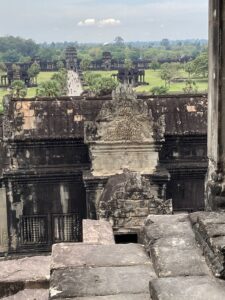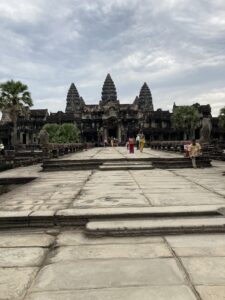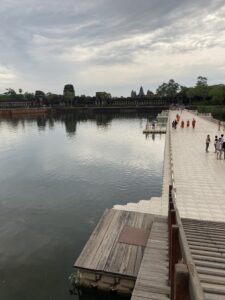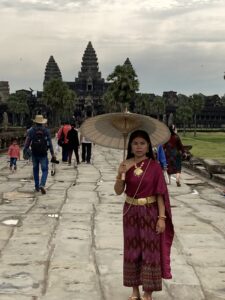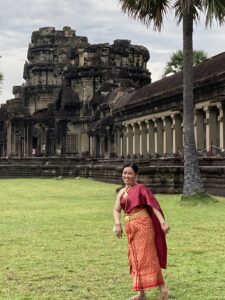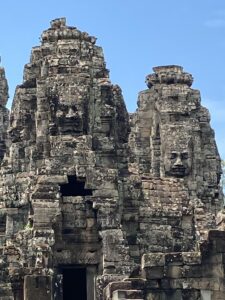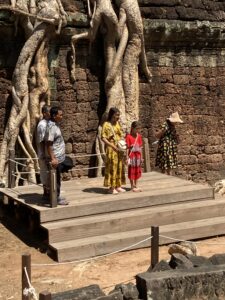Angkor Wat
Angkor Wat: One of the 10 Man-Made Wonders of the World
Date Visited: March 2022
Getting There
It’s the most challenging place that I’ve tried to get to in Southeast Asia. Angkor Wat is serviced by the Siem Reap Airport. No direct flights from Indonesia. It’s easier to fly in from Bangkok or Ho Chi Minh City than it is from Cambodia’s capital, Phnom Penh. It pricey, no matter what route you take. I flew from Phnom Penh, on one of the two flights per week available on Cambodia’s National Carrier, Cambodia Angkor Air via a propellor plane. There was no flight back on the day I needed to return to Phnom Penh, so I went to a travel agent near my hotel in the capital who arranged for a car to pick me up in Siem Reap for the return trip. The trip by car across Cambodia is picturesque and interesting and cost less than an airline ticket. The only disadvantage is time, as it can take up to seven hours for the return trip.
Why Visit?
This question is incredibly easy to answer. Angkor Wat is certainly one of the most amazing temple complexes in the world.
Angkor Wat
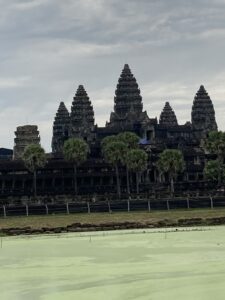
Angkor Wat is the largest and most magnificent of all the Khmer temples built on this extraordinary site during the reign or Suryavaraman II during the first half of the 12th Century. The entire Angkor Wat temple structure and grounds covers a rectangle 1.5 km by 1.3 km–according to some sources, it is the largest religious building ever built. It is a UNESCO World Heritage Site and you will find Angkor Wat listed on almost every unofficial list of “10 Greatest Man-Made Wonders of the World.” It is such a prominent part of Cambodian history and culture that it graces the nation’s flag. The temple was originally constructed as a Hindu temple, but as Buddhism replaced Hindu as the Khmer religion, Angkor Wat was subtly transformed over time to reflect this new religious devotion.
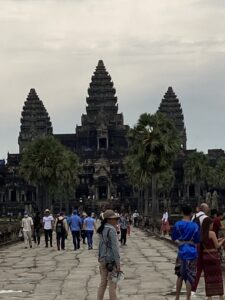
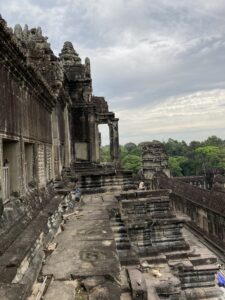
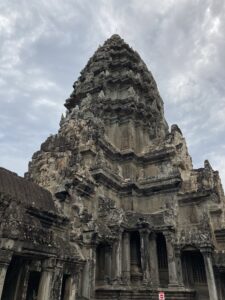
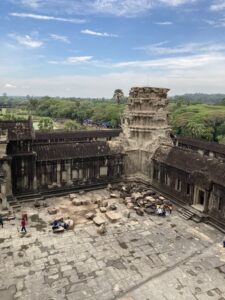
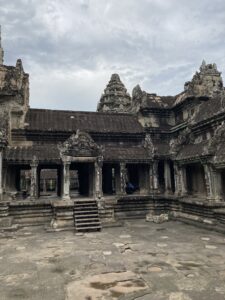
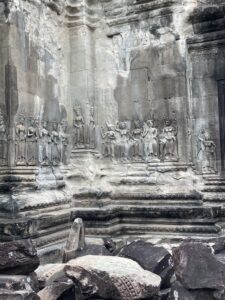
I have always wanted to visit Angkor Wat and it was the main reason I chose to visit Cambodia (along with the fact that, at the time of my visit, it was easy to enter the country easily, despite the COVID era restrictions elsewhere). The Great Pyramids of Giza remain my favorite “Wonder of the World”, but Angkor Wat is an extremely close second and I was not disappointed by my visit. Rather than give you detailed discussion of this temple complex, I will simply leave you to enjoy a few selected pictures of the specific Angkor Wat temple (as opposed to all the temples nearby in the Angkor complex that I also visited).
As I mentioned, there are many dozen other temples in very close proximity to Angkor Wat that are considered part of the Angkor Wat complex. It would take a person well over a week to make a complete tour–but I was able to see several highlights in my one-day visit. It is this entire collection of temples that makes Ancient Angkor such a phenomenal place to visit, in addition to the magnificent and monumental Angkor Wat temple itself.
Ta Prohm Temple
Ta Prohm is definitely my favorite temple beyond main Angkor Wat. When the entire archeological complex was “discovered” by the French in the 19th Century, most of it was in ruins and they embarked on a decades-long restoration project. Though the French are no longer in charge of Cambodia, constant restoration efforts are continuing at the Angkor complex to make sure the temples survive into the next decades.
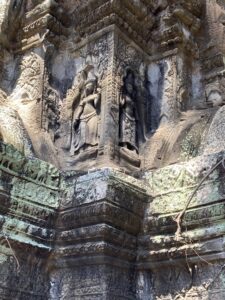
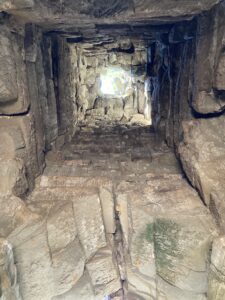
The French made a brilliant decision when they started their restoration to keep one of the temples in the semi-ruined state that they found the entire site. They chose Ta Prohm to keep in a semi-ruined state, though some restoration is constantly done there, just to keep the structures from completely falling down.
Ta Prohm is somewhat unique also, in that, while parts of it served as a temple, the majority of the structure served as a monastery and has a distinctive design as opposed to what one would find at more-standard temples.
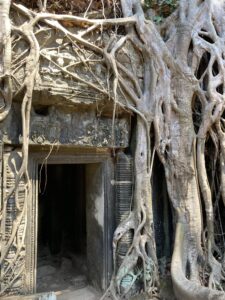
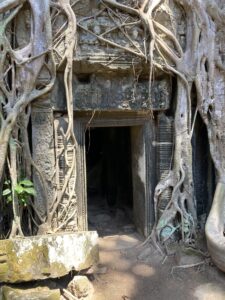
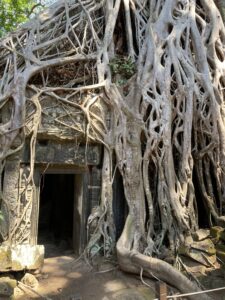
Ta Prohm today is an aesthetic triumph that carries a romantic appeal for most visitors. One can almost visualize Indiana Jones searching for some lost treasure amidst the semi-ruins. What’s particularly unique are the silk-cotton and strangler fig trees that are interlaced among the structures of Ta Prohm. I will refrain from further comment and let my pictures do the rest of the talking.
Bayon Temple, The Elephant Terrace, and The Leper King Terrace
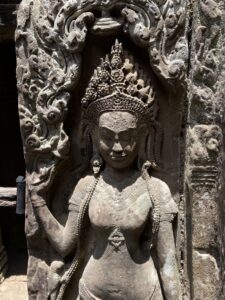
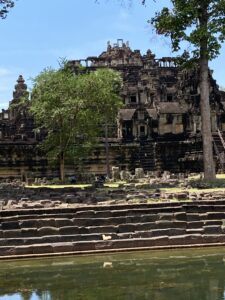
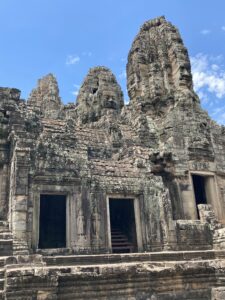
*Bayon Temple is interesting in that it was built later than Angkor Wat, around 1200. By this time the transition from Hindu to Buddhism had begun. This temple definitely has aspects of both religions present as Khmer kings during the 13th Century continually modified this temple based on the religious preferences of the moment. Most famous here are the multitude of “Smiling Buddha” reliefs, which are an iconic symbol of Cambodia which one can see depicted in various paintings and artwork, as well as being prominently featured in tourist brochures and marketing.
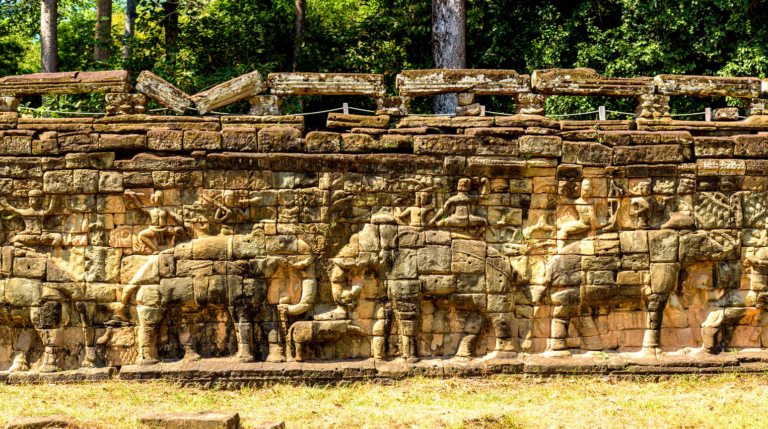
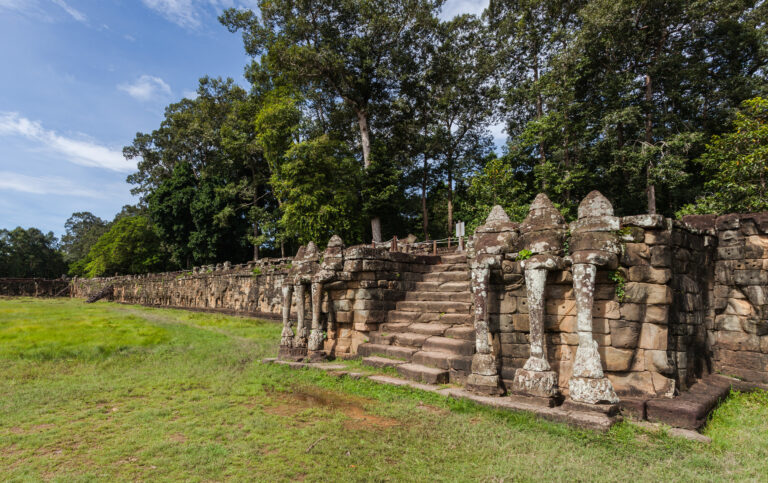
*The Elephant Terrace, very near Bayon Temple, was the foundation of the pavilions where the royalty conducted formal celebrations and festivals. Elephants, as you can see, form the major motif of this terrace.
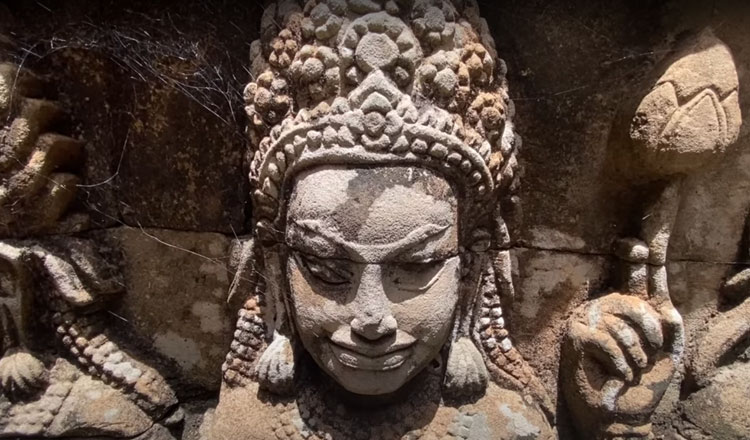
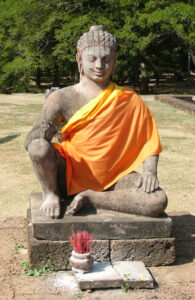

*The Leper King Terrace. Its story and exact date of origin are a bit uncertain, but the reliefs that have been reconstructed are incredibly detailed and among the most prominent in the Angkor complex.
Siem Riep Genocide Museum
Before traveling to Siem Reap, I visited the Choeung Ek Genocide Center, the Cambodian Killing Fields near Phnom Penh. While that was the largest of the Killing Fields during the 1975-1979 Khmer Rouge reign of terror, it was certainly not the only one in the nation. There are approximately 100 Killing Field sites that have been identified throughout Cambodia where approximately 2 million people were murdered–an astonishing 25% of the nation’s population at that time.
When I finished visiting the Angkor Wat temple complex, I made a request of my driver that we stop at the Siem Reap Museum, near the site of the main Killing Field at Cambodia’s 2nd largest city. He seemed surprised that after exploring the marvels of human creativity, spirituality and achievement at Angkor Wat I would want to visit on the same day a place that recorded the depths of human depravity.
I don’t think anyone visits this museum anymore. The woman in the ticket booth was reclining on a hammock when I arrived, nursing her newborn and seemed as shocked as my driver that I had come for a visit. If the underbrush that is growing around the exhibits, threatening to swallow them, is any indication, soon the genocide will soon be forgotten.
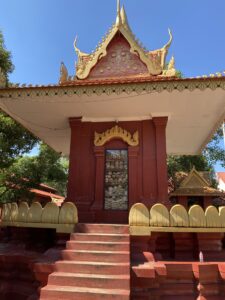
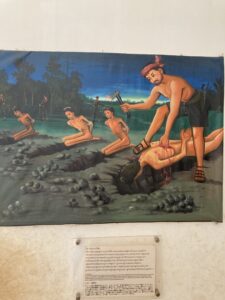

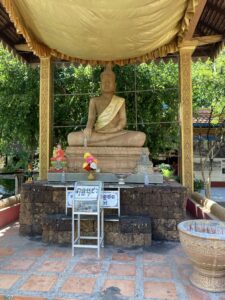
Though not as starkly horrifying as the Choeung Ek site, with human bones still poking out of the ground there, the Siem Reap Museum is actually far more informative and includes an art museum with paintings that picture the horrors of the time. And, as with Cheoung Ek, the temple at Siem Reap displays the skulls of unidentified victims, staring at us, begging to us never to forget the horrors they suffered and urging us to always stand up for those in our time facing genocide of their own.
Lost City of Isanapura (Sambor Prei Kek)
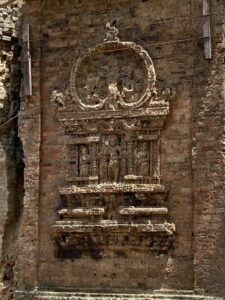
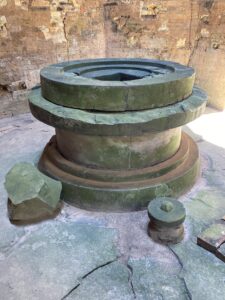
Even though this complex of temples aren’t at Angkor Wat, I simply couldn’t omit a UNESCO World Heritage Site from my website, so here’s a brief entry about Sambor Prei Kuk and its dozens of temples and ancient structures. The site dates back to the late 6th Century–centuries older than Angkor Wat. This temple complex has been identified as the lost city of Isanapura, capital city of the Chenla civilization, which pre-dates the Angkor Khmer period.
These temples are located halfway between Siem Reap (Angkor Wat) and Phnom Penh. I had flown to Siem Reap, but there were no flights back to Phnom Penh on the day I needed to get back, so I booked a car and driver and arranged for the driver to stop at the Sambor Prei Kuk complex along the way.
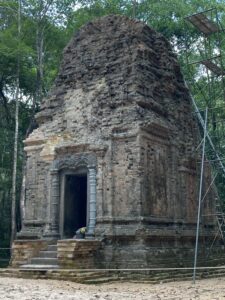
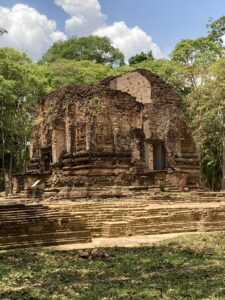
There are several clusters of temples and I visited two of the largest. The temples are still in the renovation process, but several are reasonably intact. The site contains unique constructions, primarily Hindu in nature. There are religious monuments, statuary, hydrological engineering features, and other indications of a surprisingly advanced civilization for the time.
When hiking through the tropical forest toward one of the temple clusters, it really felt as though I was taking a walk into a lost world. Not only can travel inform us, but it can also offer our imaginations portals into the past.
Angkor Wat is a bit of challenge to get to, but well worth the visit to explore one of the greatest architectural creations of humankind.
Gallery
